Kapanlagi.com - Floods are one of the disasters that frequently occur in various regions, including Indonesia. This natural disaster often occurs in low-lying areas that are prone to flooding, such as areas near water and drainage disturbances. However, it turns out that the causes of floods can come from simple things that many people are not aware of.
Floods are natural disasters that occur when water overflows into inhabited areas. The overflow of water into these low-lying areas can occur due to several factors, such as insufficient water flow to accommodate the discharge or capacity from rivers, reservoirs, lakes, or other waterways.
This condition not only occurs in areas near waterways but also now starting to affect densely populated urban areas. Like other natural disasters, floods cause various damages and negative impacts on life. Although closely related to nature, the causes of floods are not only due to natural factors.
Because some human behaviors can also be the causes of floods that need to be realized as early as possible. Some of the causes of floods can come from simple things, one of which is dumping garbage in rivers. However, there are various causes of floods that also need to be understood.
The causes of these floods are summarized in several points below. For more complete information, please refer to the following discussion about the causes of floods compiled from various sources.
1. High Rainfall
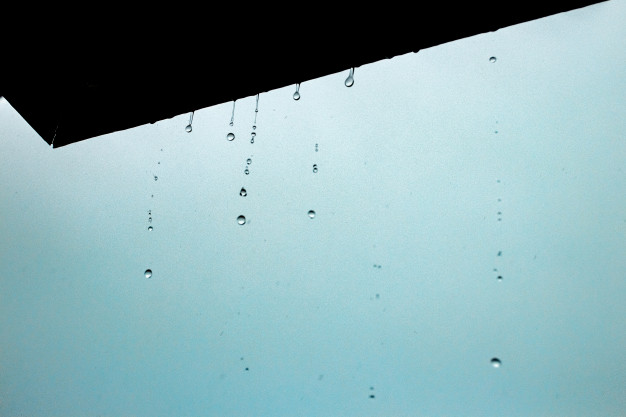
(credit: freepik.com)
The first cause of flooding is due to high rainfall. High rainfall is a common and main cause of frequent floods. When experiencing high rainfall, the water discharge will increase and cause various puddles, including inadequate water absorption and storage.
As a result, the water will overflow and cause floods that inundate the plains and settlements. Moreover, the potential for floods will increase even more if heavy rain occurs for a long time with low water absorption conditions.
2. Illegal Logging

(credit: freepik.com)
Another cause of floods can occur due to illegal logging activities as a result of inappropriate human behavior. In this case, forests function as water absorption areas that occur due to high rainfall. If these water absorption areas are damaged, it can automatically cause various disasters, including floods and landslides.
Because when forests are cleared, rainwater cannot fully penetrate and can risk causing floods. Therefore, preserving the forest is necessary to prevent various disasters, including floods.
3. Littering
The next cause of floods can also occur due to undisciplined human activities in littering. Littering, especially in river streams, can potentially cause floods. This condition can happen because trash will obstruct the river flow and trigger floods.
Moreover, if the trash is plastic waste that is difficult to decompose and can clog the river flow. As a result, water will easily overflow due to the obstructed flow. Littering also has the potential to pollute the environment and impact all living beings.
4. Building Houses on Riverbanks
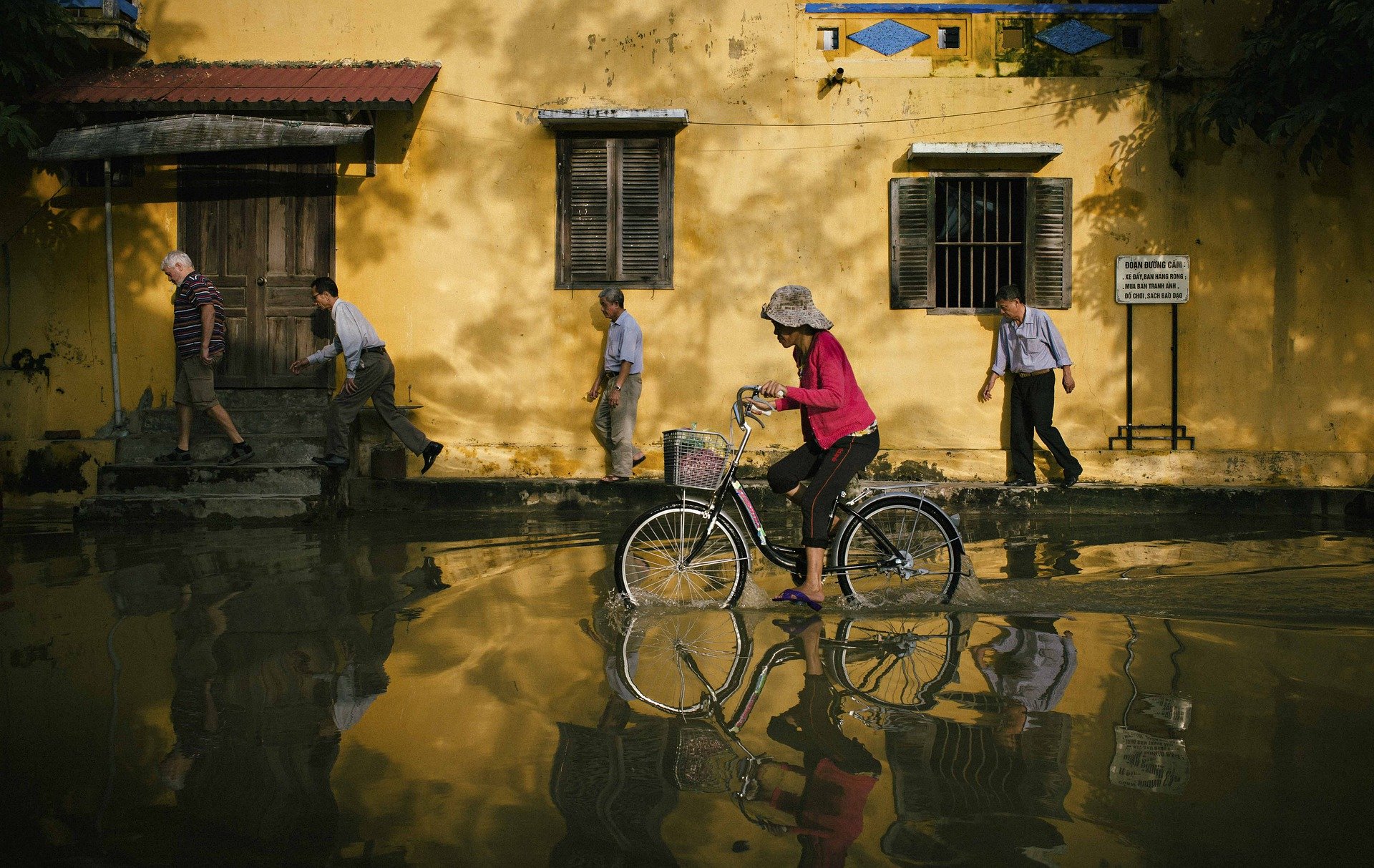
(credit: freepik.com)
The cause of floods can also occur due to the construction of settlements on riverbanks. This condition causes the river area to narrow and potentially cause floods. Narrowing can occur due to the collapse of buildings that block the river flow, as reported by merdeka.com. In addition, the disorderly settlements on the riverbanks pose a risk of river siltation caused by indiscriminate littering activities.
5. Lowland Region
The next cause of floods can be risky in lowland areas. In addition to heavy rainfall, the lowland factor can also cause flooding that inundates residential areas. One of them often occurs in lowland locations that need to be wary of if you live in that area. According to liputan6.com, when rainwater falls from highlands, it will potentially flood lowland areas.
6. Small River Reservoir
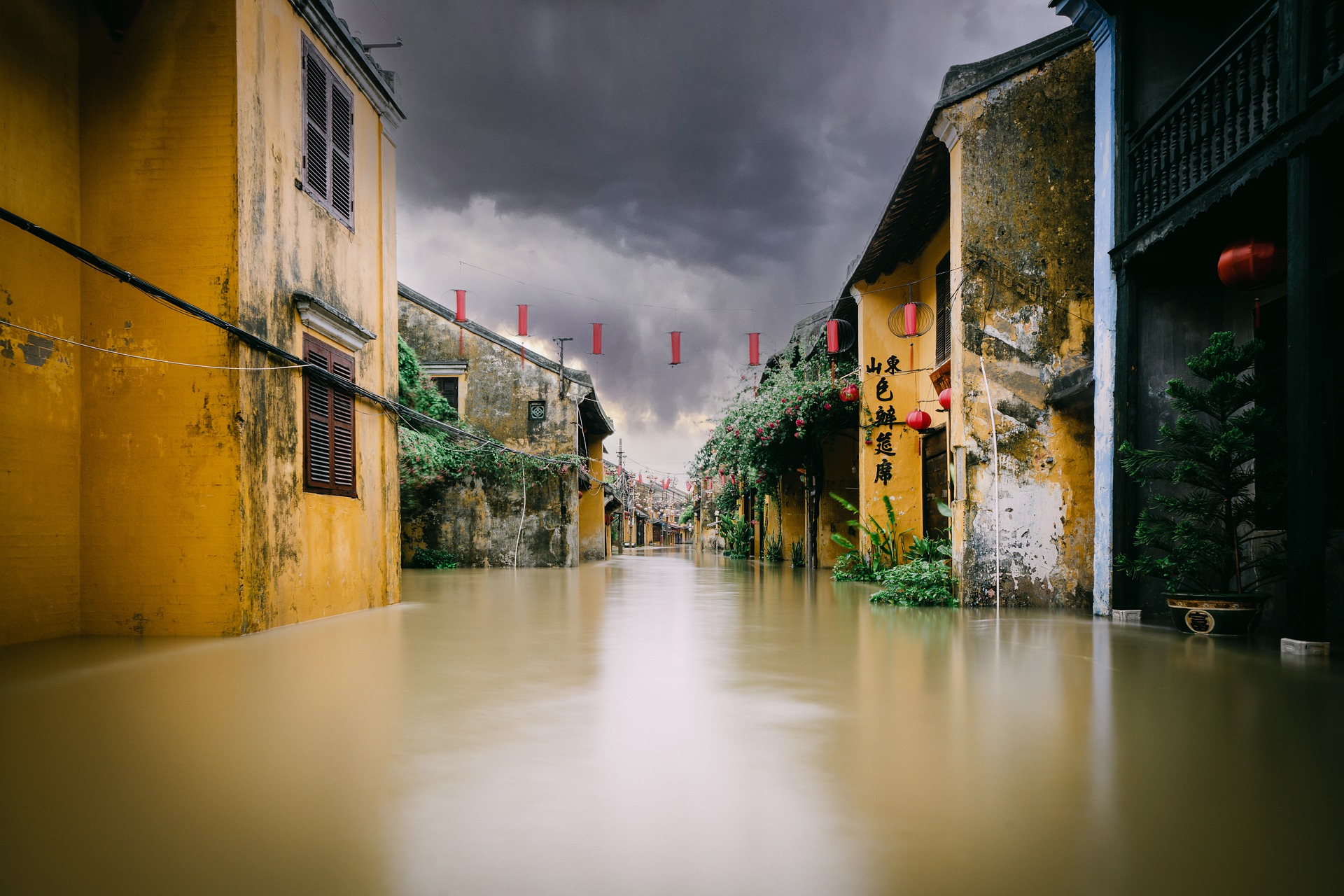
(credit: pixabay.com)
The cause of floods can also occur due to small river reservoirs, so when there is an increase in water volume, it will cause the overflow of water towards residential areas. As a result, settlements will be inundated or can be called floods. In addition, this condition may have a greater impact if it occurs in higher locations because it potentially damages the areas below.
7. Improper Drainage Setting
The next cause of flooding is also potentially due to improper drainage setting. In this case, drainage is one of the important infrastructures to prevent floods, especially in urban areas. However, improper drainage setting without considering the environmental impact assessment can cause flood risks in the area. This is something that needs to be reconsidered to prevent floods that may be at risk due to inappropriate drainage setting.
8. Suboptimal Groundwater Absorption
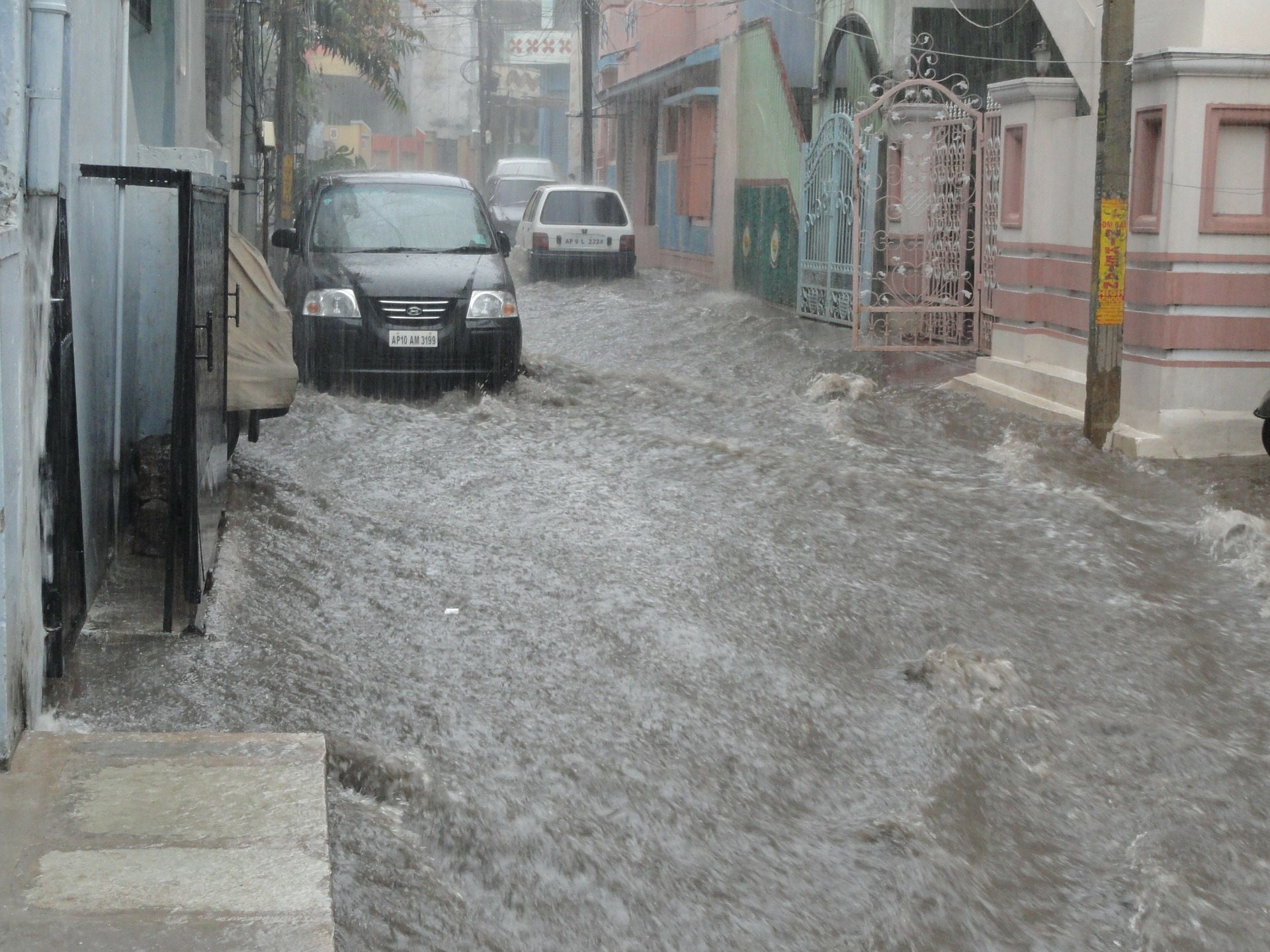
(credit: pixabay.com)
Ground that is unable to absorb water maximally can also potentially cause floods. This condition can occur because the land area that should be used for water infiltration is instead built with a structure that reduces green open spaces.
As a result, the risk of flooding may be experienced due to water not being able to absorb maximally. In this case, water will enter rivers, lakes, and drains. When the water channels are unable to accommodate the water volume, it can cause overflow and inundate the land.
9. High Groundwater Usage
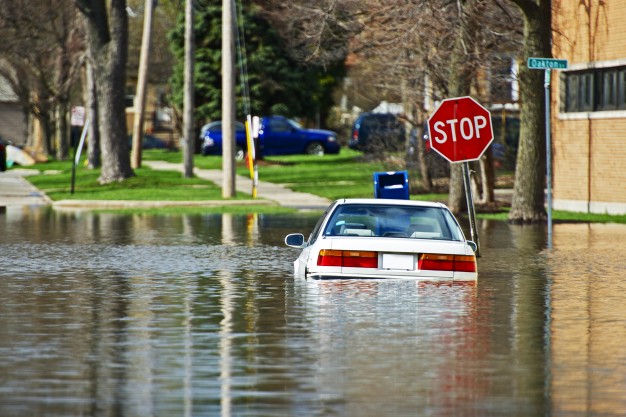
(credit: freepik.com)
Floods can also occur due to high groundwater usage. This condition can happen because the amount of groundwater decreases, causing the ground surface to decrease and the risk of flooding. Floods caused by high groundwater usage usually occur in urban areas with high mobility and large-scale development.
So those are the 9 causes of floods that occur due to natural and human factors, be aware from now on. Some flood prevention measures such as making absorption wells, disposing of trash properly, and planting trees can be done to prevent floods from occurring.
Source: Liputan6.com and Merdeka.com
(kpl/nlw)
Disclaimer: This translation from Bahasa Indonesia to English has been generated by Artificial Intelligence.


















